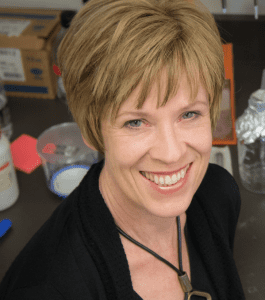
Paula Cannon Seminar: Optimizing Homology-Directed Repair Outcomes in Genome Editing
Event Details
Add to Calendar
Location
Innovative Genomics Institute Building, Room 115
Contact
Subscribe to our calendar to stay up to date on all our events.
A common approach in genome editing is to use homology-directed repair (HDR) of DNA breaks created by targeted nucleases, such as CRISPR-Cas9, to direct precise genetic substitutions or site-specific insertions. Methods to optimize the frequency of such HDR outcomes often start by selecting a targeted nuclease with high activity, measured by the frequency of indel formation in the absence of the DNA homology template. I will show, instead, that choosing CRISPR guide RNAs with a specific indel profile can identify the subset of guide RNAs that are more likely to give optimal HDR outcomes. Moreover, this approach can be combined with indel prediction programs to increase the chance of identifying an optimal guide RNA without the need to screen multiple combinations of matched CRISPR-Cas9 complexes and homology donors. This is especially useful for applications in primary hematopoietic cells, where homology templates are often based on AAV vectors that are expensive to produce, or for applications where the ratio of HDR to NHEJ outcomes is an important consideration.
Optimizing Homology-Directed Repair Outcomes in Genome Editing
Distinguished Professor, Department of Molecular Microbiology & Immunology
University of Southern California
